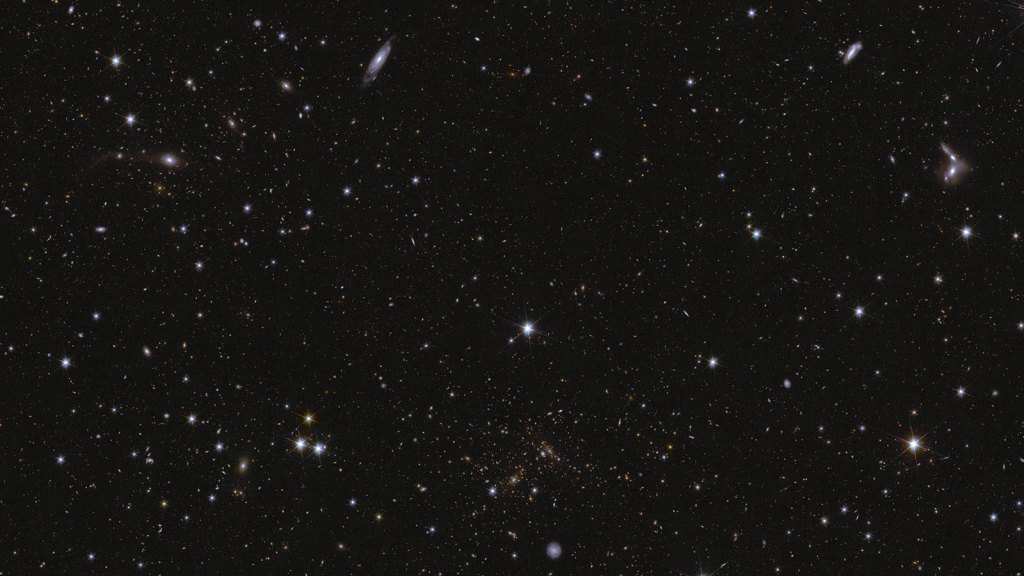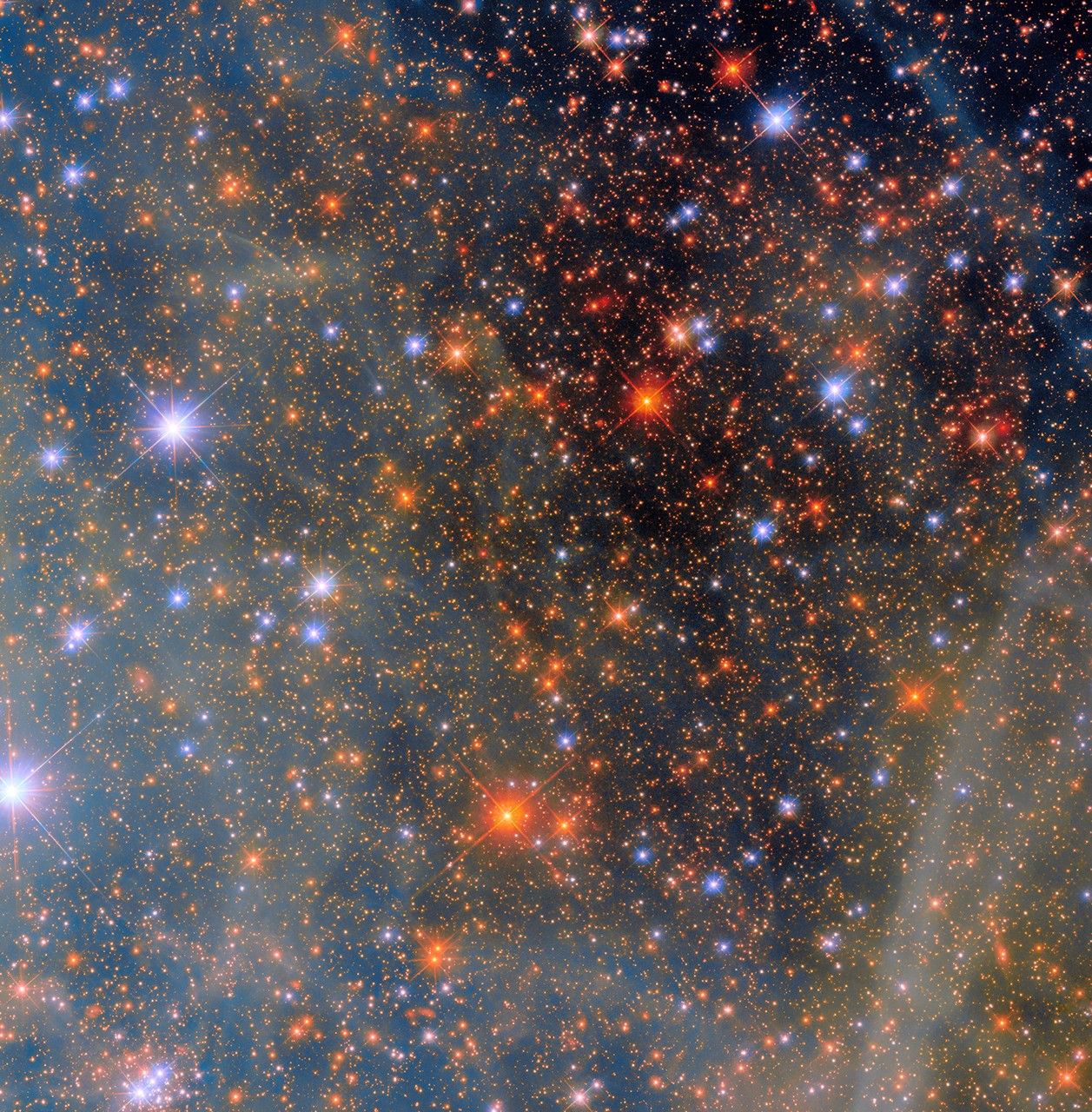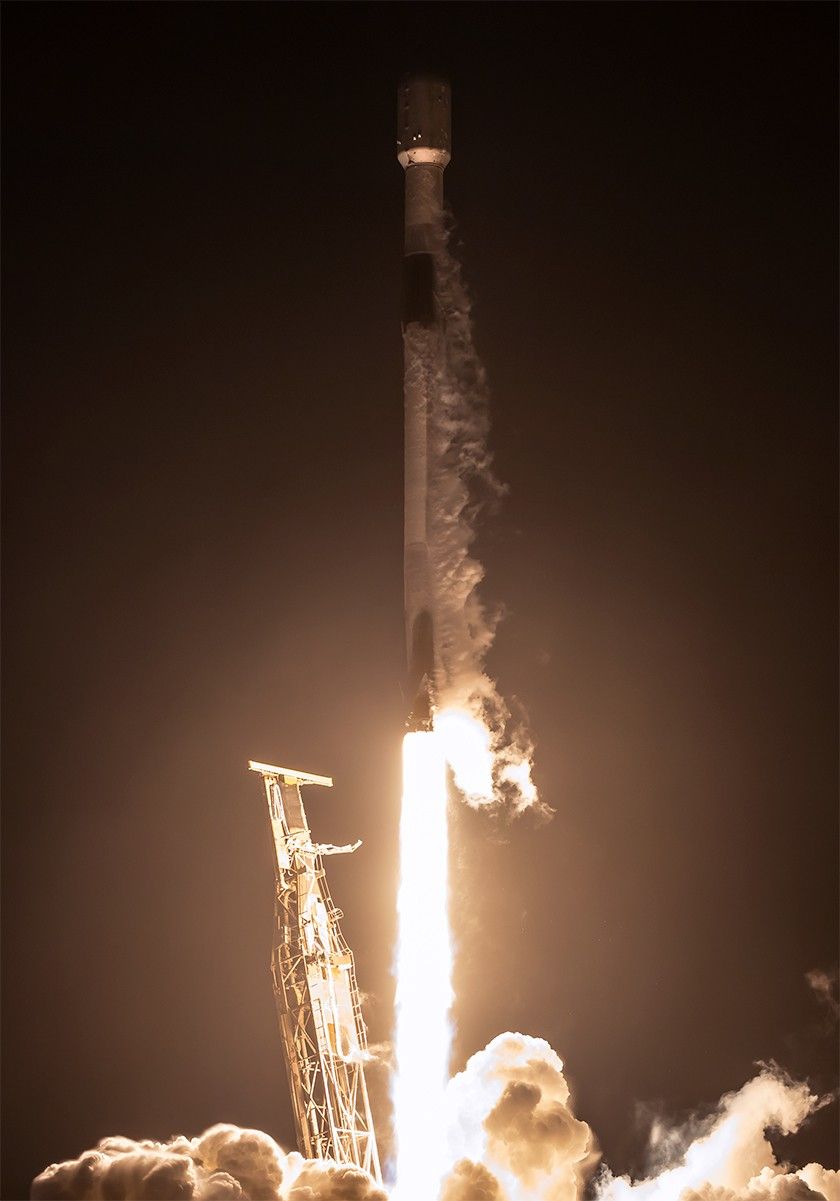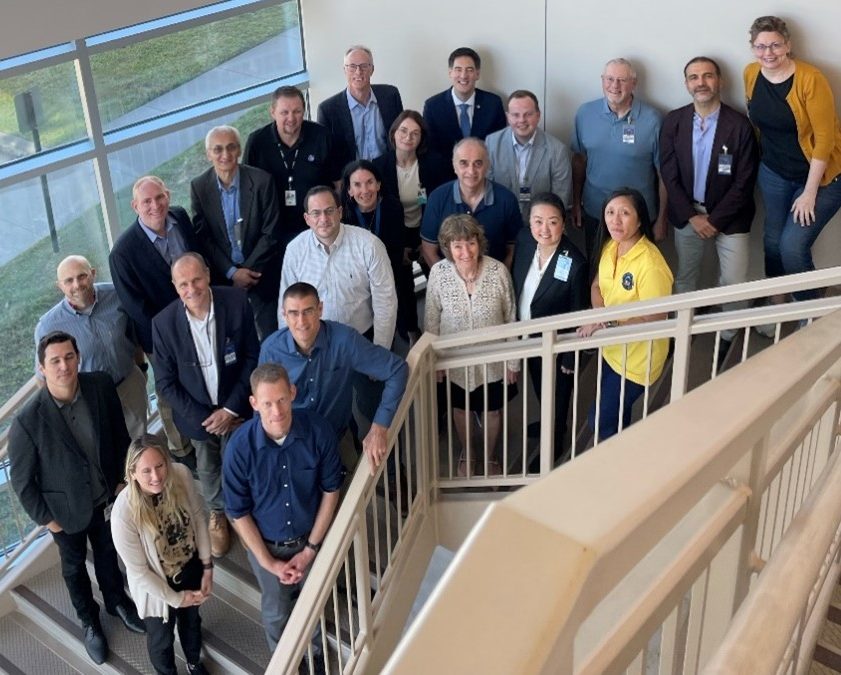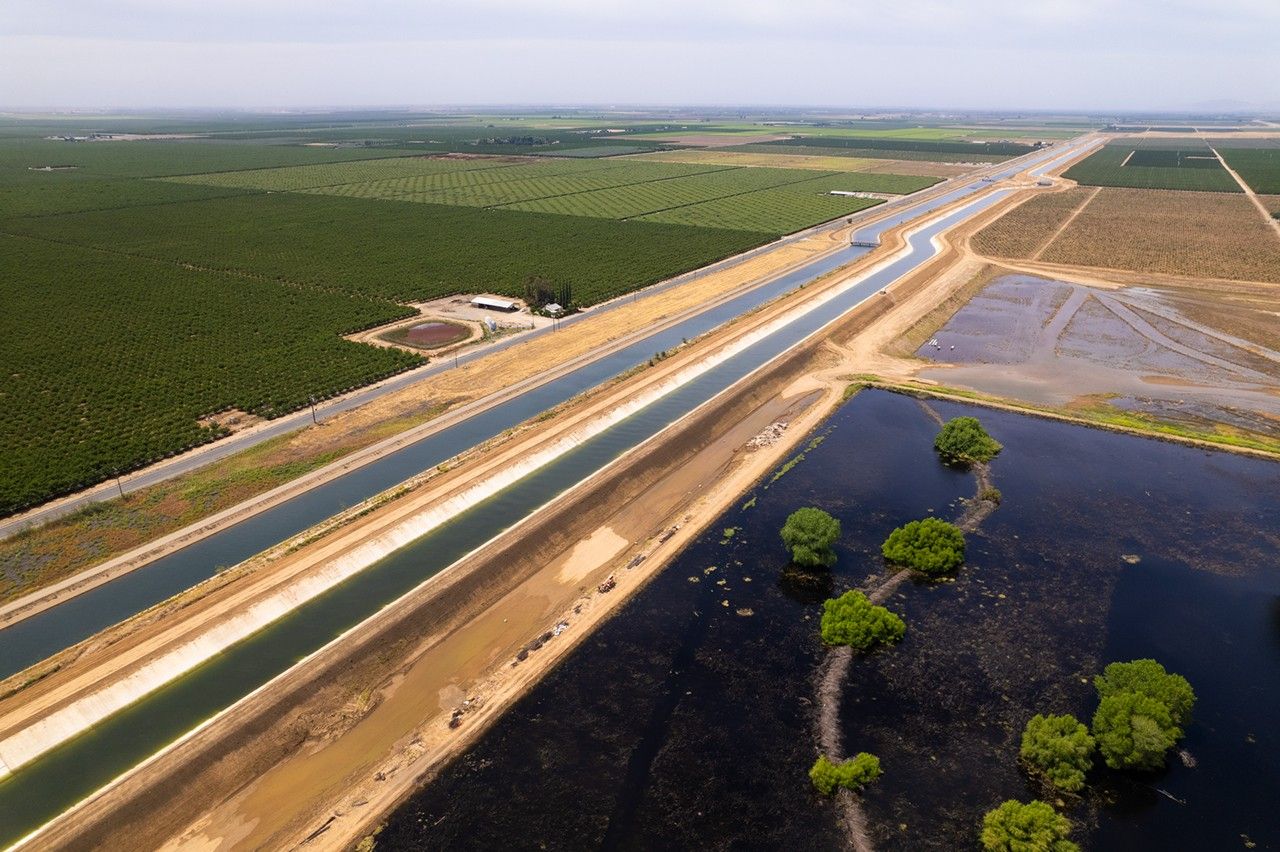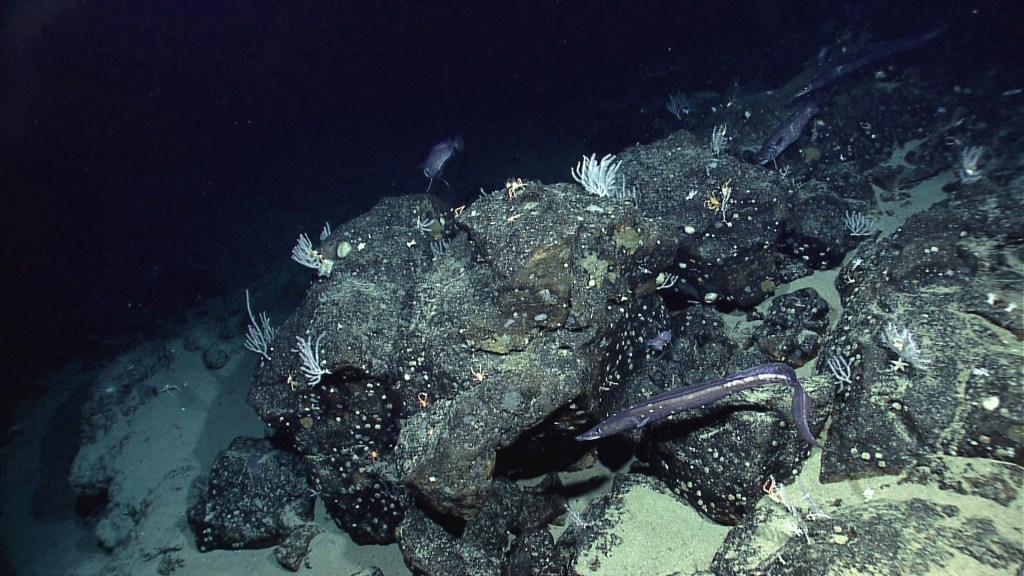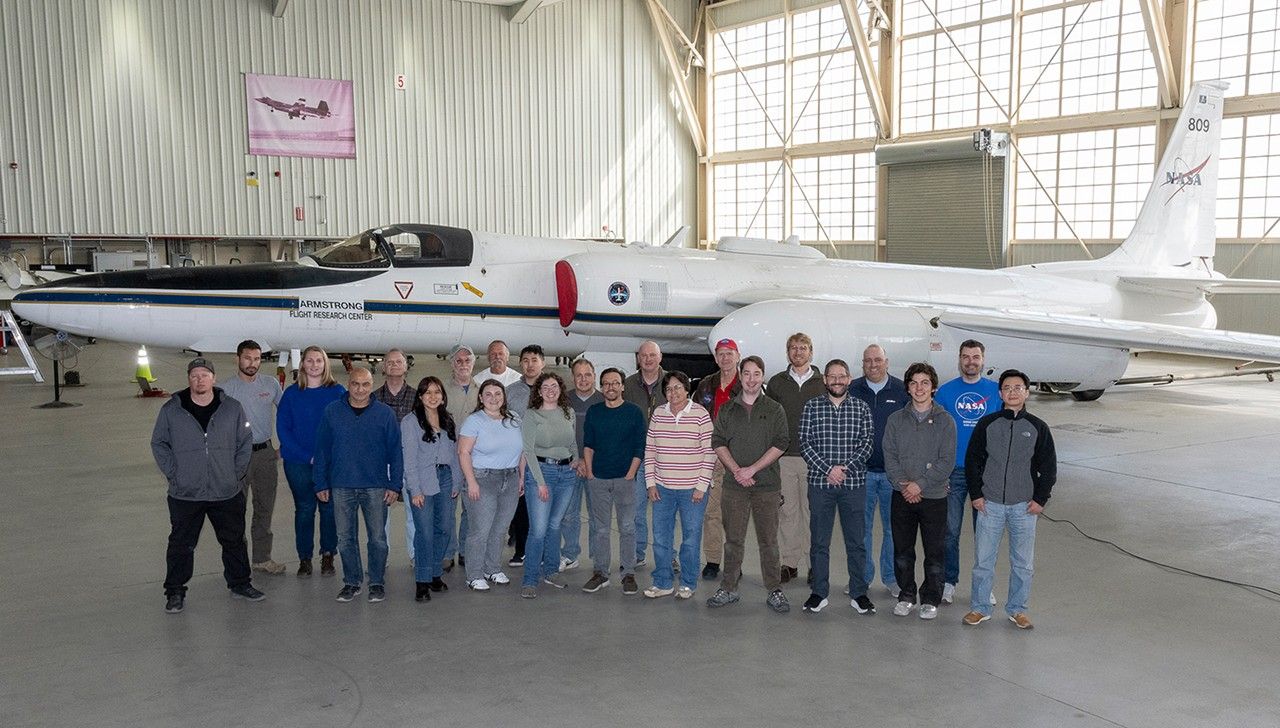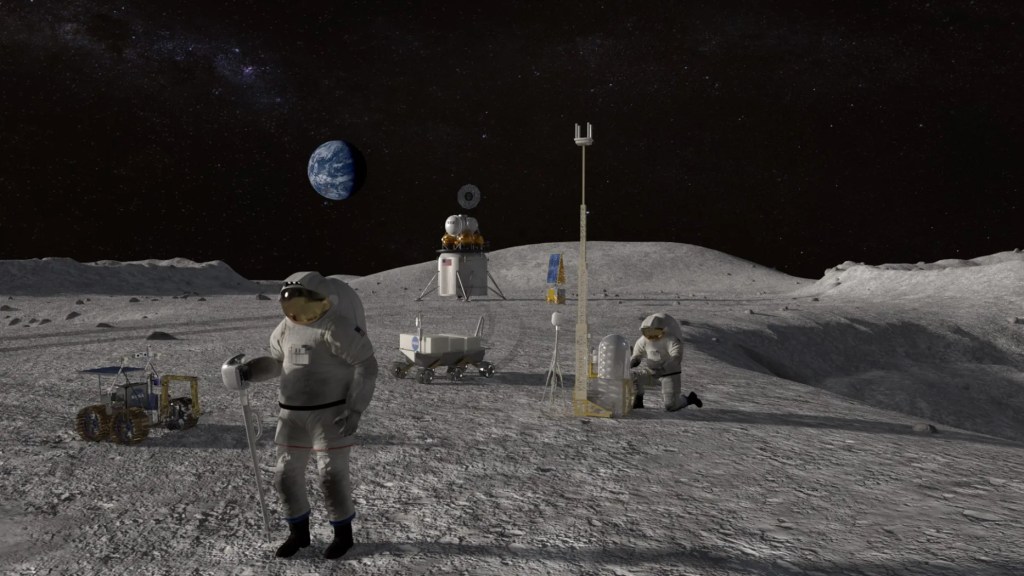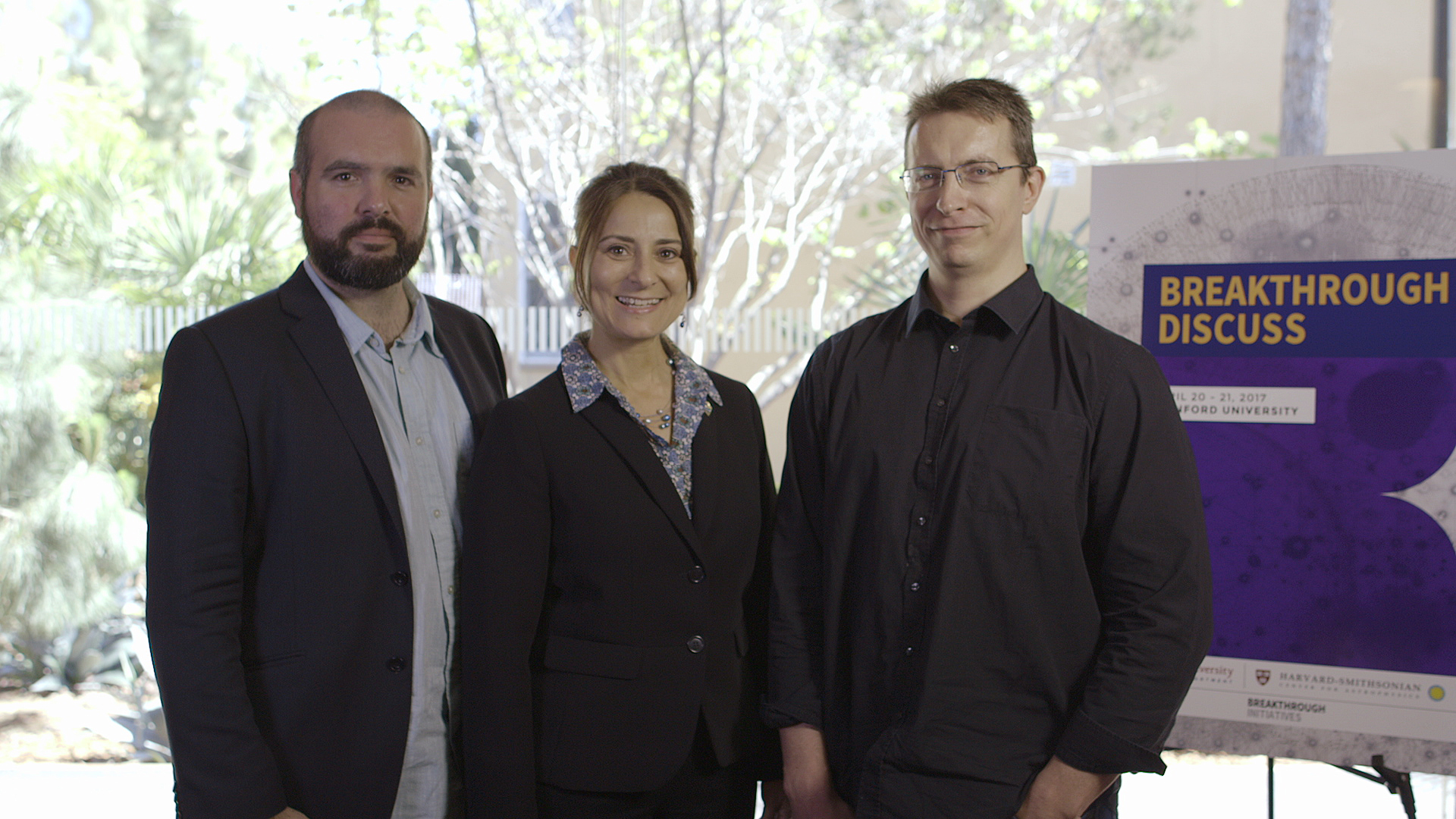Three extraordinary planet-hunters have been recognized by TIME Magazine as this year’s top 100 most influential people: Natalie Batalha from NASA’s Ames Research Center in California’s Silicon Valley; Michael Gillon from the University of Liège in Belgium; and Guillem Anglada-Escudé from the Queen Mary University in London.
“It is truly exciting to see these planet-hunters among the other movers and the shakers of the world,” said Paul Hertz, Astrophysics division director at Headquarters in Washington. “These scientists have transformed the world’s understanding of our place in the universe, and NASA congratulates them for their well-deserved recognition.”
Natalie Batalha is the project scientist for NASA’s Kepler mission, the agency’s first dedicated planet-seeking mission tasked to determine whether worlds around other stars are common by looking for telltale dips in a star’s brightness caused by crossing, or transiting, planets. Thanks to Kepler, some scientists believe there is at least one world around every star in the sky. To date, Kepler has found more than 2500 planets, including a “bigger, older cousin” to Earth. In total, the Kepler spacecraft has found nearly 5100 possible planets. Batalha is the first woman at NASA to receive the Time 100 designation. Read more about Batalha’s accomplishments.
Michael Gillon led the research that discovered seven Earth-size planets around TRAPPIST-1, a nearby ultra-cool dwarf star, approximately 40 light years away. He is the principal investigator of the TRAPPIST (“The Transiting Planets and Planetesimals Small Telescope”) project, a pair of telescopes in Chile and Morocco. In 2016, Gillon and colleagues announced three planets around TRAPPIST-1. Following up with NASA’s Spitzer Space Telescope and ground-based telescopes, Gillon and colleagues revealed in 2017 that there are actually seven planets around the star. Three of the seven worlds of TRAPPIST-1 are in the habitable zone, but any of them could have liquid water. The TRAPPIST-1 planets are some of the best targets for NASA’s upcoming James Webb Space Telescope to look for signs of habitability. Gillon is also the project leader and principal investigator of SPECULOOS, an upcoming ground-based telescope project for which TRAPPIST is the prototype. Read more about the TRAPPIST-1 discovery
Guillem Anglada-Escudé led the research team who discovered Proxima b, a roughly Earth-sized exoplanet orbiting at a distance from its star that would allow temperatures mild enough for liquid water to pool on its surface. Proxima b orbits our nearest neighboring star Proxima Centauri just over four light-years from Earth. Proxima is the smallest member of a triple star system known as Alpha Centauri and is the closest star to Earth, besides our own sun. Read more about the European Southern Observatory-led Proxima b discovery.
Anglada-Escude’s research spans the realm of astrobiology, the study of the origin, evolution, distribution, and future of life in the universe. From 2009 to 2013, Anglada-Escude participated in a research study to learn more about life’s chemical and physical evolution, from the interstellar medium, through planetary systems, to the emergence and detection of life. Learn more about the five-year research study supported by the NASA Astrobiology Institute.
NASA’s search for distant worlds continues with the Transiting Exoplanet Survey Satellite (TESS) launching in 2018, which will find new planets the same way Kepler does, but right in the stellar backyard of our solar system, covering 400 times the sky area. Webb will also launch in 2018, and peer into possible atmospheres of distant worlds to look for chemical hints of life.
Credits: Breakthrough Initiatives
—
For more information, visit:

